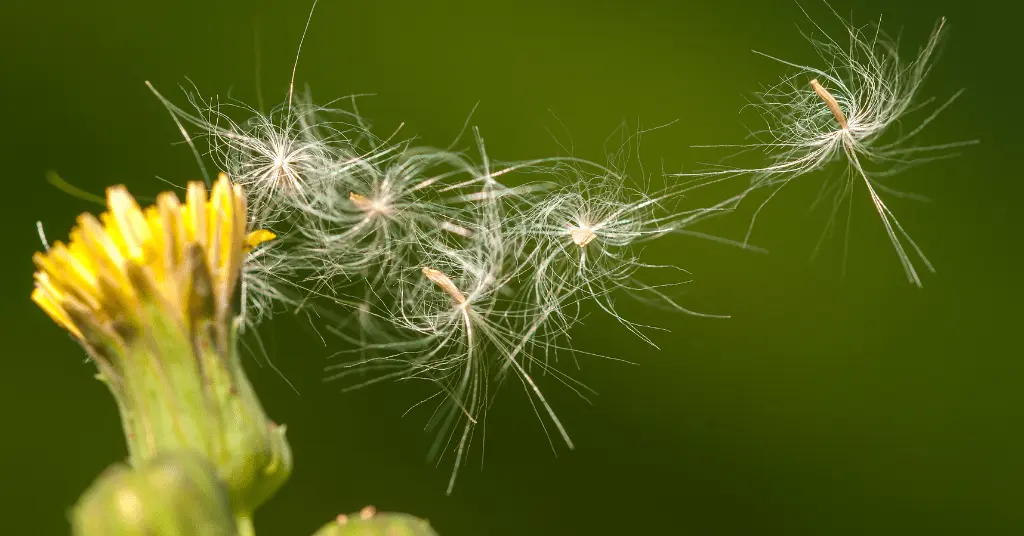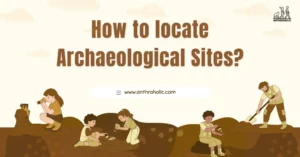AI Answer Evaluation Platform Live Now. Try Free Answer Evaluation Now
Palynology
Palynology is the study of pollens, spores and other associated microscopic organisms in living as well as fossilised forms. The word coined by Hyde and Williams, comes from Greek paluno, which means to ‘sprinkle or strew’. The chief focus of palynology is using fossil pollen grains for reconstruction of paleoecology and ancient vegetation in archaeological contexts. Palynology is also defined as the science of palynomorphs which includes a spectrum of microscopic phenomena including cysts and diatoms.[1]

In the associated discipline of forensic palynology, pollen grain found in crime scenes are utilised in criminal investigations.
Historical Background
The study of pollen morphology and the concept of pollination dates back to the 16th century when the compound and simple microscopes were first invented. Pollen was first subjected to quantitative analysis by the Swedish naturalist Lennart von Post in the early 20th century. Following that, Iversen in 1940 first analysed pollen grains from site sediments in Denmark to determine the introduction of agriculture in this region.[2] The pollen analysis showed presence of herbs and pinpointed the beginning of the Neolithic in North Europe. Additionally, North America saw palynological studies by Paul B. Sears in 1932 which helped indicate the expansion and growth of the maize crop in the Eastern regions.[3]
In India, P.K.K Nair emerged as the ‘Father of palynology’ and is credited with the expansion of the scope of pollen analysis into applied and economic palynology.[4]
Fundamental Principles
Vaughn Bryant has described pollen grains, released from anthers, as microscopic, single-celled and responsible for exchange of genetic information during reproduction.
The basic principles and techniques include –
Identification
Pollen samples are first treated chemically and then are mounted on slides using silicon oil. They are then examined under a microscope to produce a pollen diagram. Subsequently, the pollen morphology is crucial in providing the taxonomic identification of its plant genus and species. This can allow a reconstruction of the paleovegetation of a site.
Halbritter et al. suggest that the classification systems and categorization of pollen values also depends on visibility features as well as the subjective interpretation of the researcher themselves. They include –
- Pollen type using distinct characters of pollen to designate them to specific taxons.
- Pollen size and dimensional properties observed including shape (polygonal, heteropolar)
- Pollen class as an artificial and systematic grouping using commonalities of shape, ornamentation and other features.Single grain can be characterised under one class.
Other types of classification methods include The Turmal System, The Treme System and the NPC-Classification. They all vary in their configuration and nomenclatures.[1]
The results of these categorizations and classifications are stored in palynological databases which contain pollen data and information and can currently be accessed online. For example, www.paldat.org.[1]
Dispersal and Preservation
The nature of dispersal, deposition and preservation of pollen grains can also indicate and categorise the type of palynological studies. These are not confined to atmospheric pollen and can include –
- Aeropalynology (airborne pollen)
- Melissopalynology pertaining to pollens found in honey.
- Palaeopalynology used in fossilised contexts found in soil or even biological remains at a site for information about vegetation in the past.
- Copro Palynology for the detailed analysis of pollen in fossilised animal excrement for discerning their feeding habits.[4]
Applications of Palynology
Archaeology and Paleoethnobotany
In archaeological studies pollen data and analysis is corroborated with other historical information and excavated materials. It helps to reconstruct past vegetation and different types of human activities associated with land use (agriculture, grazing, woodland exploitations etc.) The impact and expanse of such activities can be inferred along with past climatic situations. [5]
Pollens reflect the availability of plant species in site contexts which can provide great knowledge about what past communities were eating, cultivating and using to build settlement structures. Palynology has also attempted to understand past behaviour patterns, one such study includes Schoenwetter’s Implications of Archaeological Palynology at Bethsaida, Israel (2018) which implemented pollen grain studies to insinuate the religio-economic policies from 30 CE.[6]
In rare cases, archaeologists have also used pollen dating to assign chronological time frames to excavated remains based on where pollen grains occur in depositional strata of soil. This falls under biostratigraphy which geologists use to relatively date stratigraphic formations.
Other applications
Modern botanical studies benefit from taxonomic identifications made in pollen analysis to recognize and compare the phylogenetic features of fossilised species and extant species.
In forensic palynology, the method of pollen grain analysis and sample collection are implemented to solve crimes. A significant example includes a 1993 murder in the United Kingdom which included pollen analysis of walnut pollen to identify the suspect from traces near the site of crime.[7]
Palynology is also used in medical studies entailing pollen grains as the cause of allergic reactions in people. Here, pollen structure is of key importance.
Discussion
The scope of palynology hence includes pollen morphology and microfossils used in reconstruction of paleoclimates and past cultural patterns. Though pollen grains require specific conditions to survive and remain intact, they can endure millions of years on myriad surface-types if preserved in conducive environments. This proves pollen data to be highly reliable and effective in different scholarly endeavours.
The future for the discipline lies in its utility for applied as well as theoretical research prospects. Archaeologists involved in pollen analysis from sites are nowadays equally trained in botanical studies. As previously mentioned, Halbritter has emphasised the presence of internet databases of palynological records which continually become easier to access and convenient to use in the age of smartphone technology. In essence, the field of palynology continues to grow and supplement an array of different studies, informed by the combined training, laboratory and field experiences of modern researchers.
See Also
References
[1] Halbritter, H. et al. (2018). Palynology: History and Systematic Aspects. In: Illustrated Pollen Terminology. Springer, Cham. https://doi.org/10.1007/978-3-319-71365-6_1
[2] Fægri, Knut; Johs. Iversen (1964). Textbook of Pollen Analysis. Oxford: Blackwell Scientific Publications. Archived from the original on 2010-04-03.
[3] BRYANT, VAUGHN M. (1983). Advances in Archaeological Method and Theory || The Role of Palynology in Archaeology. , (), 191–224. doi:10.1016/b978-0-12-003106-1.50010-9
[4] Garg, Arti. “P. K. K. Nair – the father of Indian palynology”. Academia.edu. Retrieved 23 March 2022
[5] https://www.archaeologicalresearchservices.com/services/pollenanalysis.htm
[6] James Schoenwetter and Patrick Scott Geyer (2000). Implications of Archaeological Palynology at Bethsaida, Israel. Journal of Field Archaeology, 27(1), 63–73. doi:10.2307/530652




